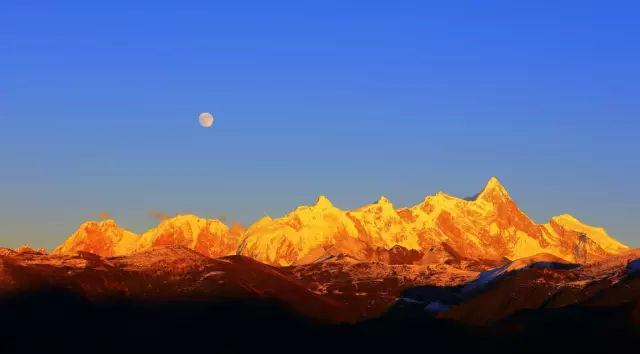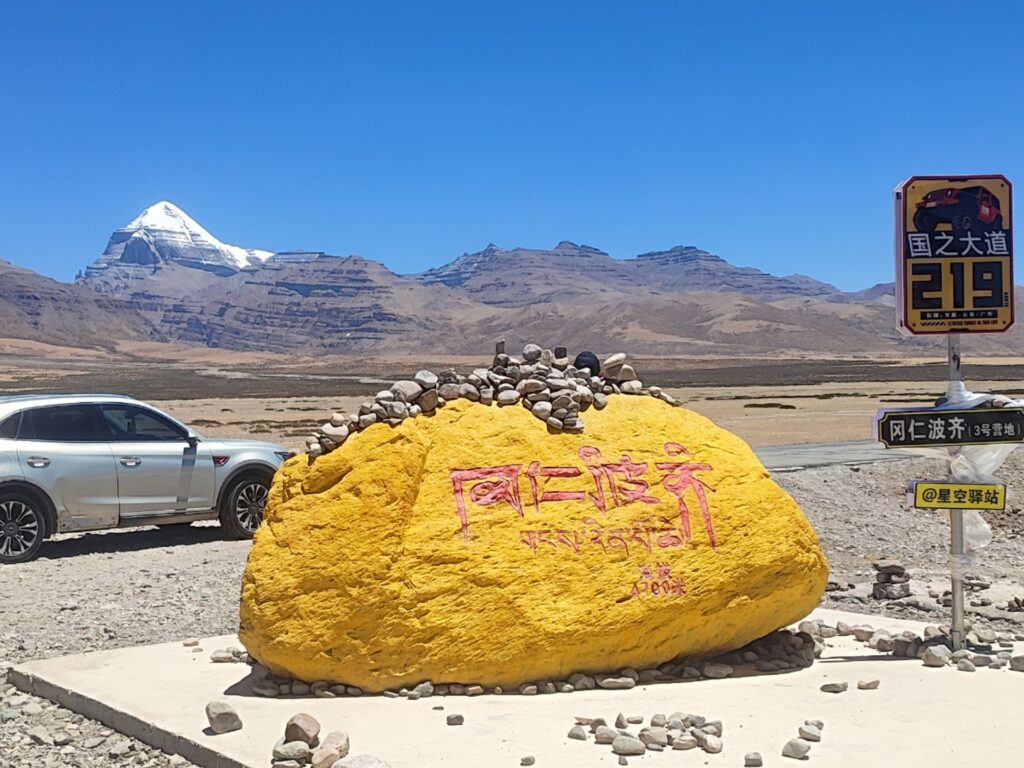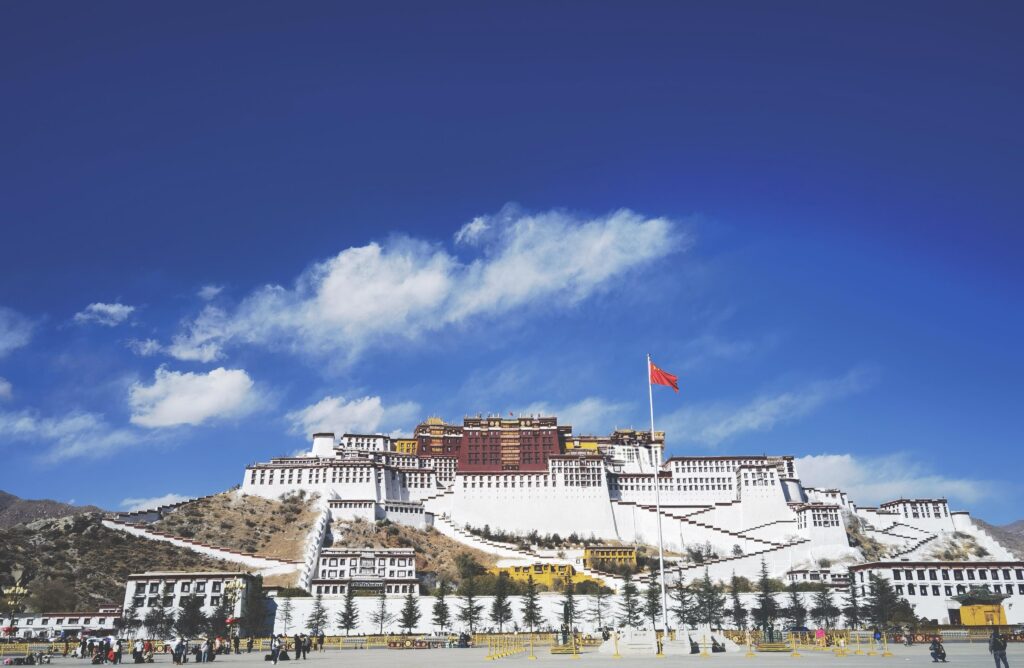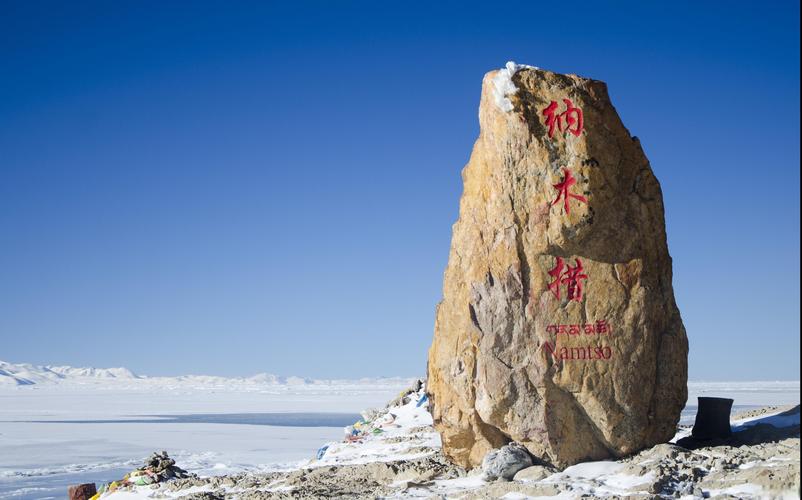Xizang: A Holy Land of the Mind Above the Clouds



On the vast land of China, there is a snow covered plateau called “Roof of the World” – Xizang. It is like a brilliant pearl embedded in the third pole of the earth, with its unique natural scenery, profound religious culture, and mysterious historical heritage, becoming a holy land that countless people dream of.
Xizang, located in the southwest border of China, is one of the five ethnic autonomous regions in China. Here, the mountains stand towering and the snow capped peaks stretch endlessly; Lakes are scattered like stars, as clear as mirrors; On the vast grassland, cows and sheep stroll leisurely, and prayer flags dance in the wind. On this magical land, faith and life are intertwined, nature and culture shine together, and every place exudes enchanting charm.
Sacred Mountains and Peaks: A Faith Totem for Dialogue with Heaven and Earth

Mount Kailash: Residence of the Gods, World Center
In the Gangdise Mountains in Ali, Xizang, the Gangren Boqi Peak rises like a giant pyramid. In Tibetan, it means’ Mountain of Snow God ‘and is also revered as’ Top of Ali’. This mountain peak with an altitude of 6656 meters not only impresses the world with its majestic and magnificent posture, but also becomes the focus of global attention due to its high status in religious culture. Tibetan Buddhism, Bon, Hinduism, and Jainism all regard Mount Kailash as the center of the world and the “king of holy mountains”. Every year, believers from all over the world, with an incredibly devout heart, trek around the sacred mountain along the ancient winding route, measuring their faith with their feet and feeling the sanctity with their bodies and minds.

- Mount Everest: the pinnacle of the world, the dream palace of the brave
As the main peak of the the Himalayas, Mount Everest stands proudly between heaven and earth at an altitude of 8844.43 meters, becoming the world’s highest peak. Its northern foot is located in Dingri County, Xizang Autonomous Region. The mountain is towering and spectacular, like a huge pyramid. In the hearts of the Tibetan people, Mount Everest is a sacred and inviolable mountain, carrying countless legends and beliefs. For countless hiking enthusiasts and explorers, reaching Mount Everest is a lifelong dream; For ordinary travelers, gazing at this majestic snow mountain from afar and feeling its grandeur is enough to shock the soul and leave a lifelong impression.
Mount Namgyapawa: Heaven in the Clouds, Father of Tibetan Mountains
At the junction of the the Himalayas, Nyainqentanglha and Hengduan Mountains, Nangabava is like a mysterious giant standing quietly. At 7782 meters above sea level, it is the highest peak in Nyingchi City, Xizang, and the oldest “Yongzhong Bon Sect” shrine in Xizang, known as “the father of Tibetan mountains”. Mount Namgyapawa is shrouded in clouds and mist all year round, and it is rare to see its true face, so it is also known as the “Shameful Woman Peak”. Once the clouds and mist dissipate, revealing its magnificent snow capped peaks, the breathtaking scenery will leave countless people amazed and amazed by the incredible craftsmanship of nature.
Cultural heritage sites: shining pearls in the long river of history
Potala Palace: Snow Sanctuary, Monument of Faith

The Potala Palace, standing on the top of the Red Mountain in Lhasa, is a magnificent building with the highest altitude in the world, integrating palaces, castles, and temples. It was originally built by Songtsen Gampo of the Tubo Dynasty to marry Princess Wencheng and Princess Chizun. After hundreds of years of expansion and repair, it has become the largest and most complete ancient palace complex in Xizang. The White House and the Red Palace complement each other, with the golden roof shining brightly in the sunlight. Inside, there are countless precious cultural relics such as Buddha statues, murals, and thangkas. Every year, pilgrims and tourists from all over the world, filled with admiration, slowly climb up the stone steps and enter this sacred temple, experiencing its rich history and solemn religious atmosphere.
Guge Kingdom Ruins: Mysterious Ancient Country, Disappearing Brilliance
On the wasteland of Zhada County, Ali Prefecture, Xizang, the site of the Guge Kingdom stands on a towering mound. This ancient city, dating back nearly a thousand years, was once the political, economic, and cultural center of the Guge Dynasty. Nowadays, although the former glory has disappeared in the long river of history, the remaining buildings such as the White House, Red Palace, Duga Buddha Hall, Dazhi Hall, and Conference Hall still tell people about that magnificent history. Strolling through the ruins, one can almost see the bustling scenery of the Guge Dynasty and feel the glory and glory of a great nation in the past.
Lakes and grasslands: a stunning gift from nature
Namtso: The Realm of Tianhu, the Pure Land of the Soul

As the highest salt water lake in the world and the first of the three holy lakes in Xizang, Namtso means “Heavenly Lake” in Tibetan. It is like a huge sapphire, embedded in the vast Qiangtang grassland. The lake water is clear and blue, blending seamlessly with the distant snow capped mountains and sky, creating a charming scenery. The lake shore is wide, with abundant water and grass. Cattle and sheep leisurely graze, while migratory birds soar in the sky. Here, people can sit quietly by the lake, listen to the whispers of the water, feel the tranquility and beauty of nature, and thoroughly purify their souls.
Linzhi: Jiangnan in the Snowy Land, a Poetic Habitat
When people mention Xizang, they often associate it with cold and desolation, but Linzhi is just like a paradise, and has the reputation of “snow covered Jiangnan”. Standing at the Mira Pass at an altitude of 5013 meters, the view is broad and magnificent, surrounded by continuous mountains, towering snow peaks, strong mountain winds whistling by, and colorful prayer flags fluttering under the blue sky and white clouds. And the spring in Linzhi is even more enchanting, with peach blossoms blooming all over the mountains and fields, pink and white, complementing the green river water and snow capped mountains, creating a picturesque scenery.
Xizang is not only a geographical highland, but also a holy land of people’s spiritual world. Every mountain, lake, and historical site here carries profound cultural heritage and people’s yearning for a better life. In one’s lifetime, one must set foot on the land closest to heaven, to experience its sanctity and beauty. Together with the Tibetan people, one can devoutly pray and meditate under the fluttering prayer flags, and admire all things in the world by the snowy mountain lake, allowing the soul to receive a thorough baptism and sublimation. Because Xizang is worthy of our lifelong yearning and pursuit.
